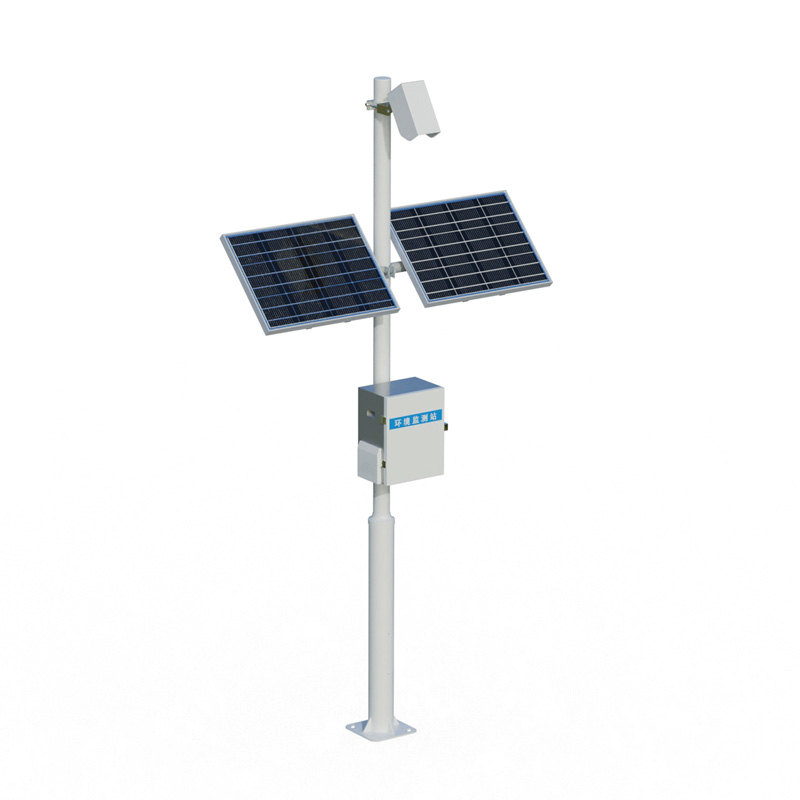Tianqiong Sensor IOT Technology Co., Ltd
Sales Manager:Ms. Emily Wang
Cel,Whatsapp,Wechat:+86 15898932201
Email:info@fengtutec.com
Add:No. 155 Optoelectronic Industry Accelerator, Gaoxin District, Weifang, Shandong, China

Sales Manager:Ms. Emily Wang
Cel,Whatsapp,Wechat:+86 15898932201
Email:info@fengtutec.com
Add:No. 155 Optoelectronic Industry Accelerator, Gaoxin District, Weifang, Shandong, China

Model:FT-LMZK1
Brand:tianqiong
1.Road Surface Monitoring Product Introduction
Road Surface Monitoring uses laser technology to identify the thickness of water, ice and snow through reliable road surface condition sensors.Road Surface Monitoring uses remote sensing technology to avoid damage to roads and thus avoid traffic interference caused by the installation of road weather stations.
Under road conditions where embedded pavement sensors are inconvenient or cannot be installed, remote sensing installation means that there is no need to close the road or cut the pavement, and the installation work is both safe and convenient.Low maintenance is an ideal choice for road meteorological systems.
It can be installed on existing weather stations or on other buildings with unobstructed views of the road surface.
Multi-spectral measurement technology enables accurate detection of the thickness of icy, snow and water on the surface of the road.
By providing road surface condition information, road management departments provide accurate monitoring data and take response measures before road safety risks occur.
2.Road Surface Monitoring system composition: road condition sensor, collector, pole bracket, power supply system, cloud platform
3.Road Surface Monitoring product application
1.Install the bridge surface from a long distance
2.Areas with frequent accidents
3.Areas with large traffic flow
3.Areas with frequent rain and snow
4.Road Surface Monitoring product features
1.Long-distance measurement of road area water, ice and snow
2.Measure the road surface status
3.Measure the degree of water accumulation, ice surface, and slipperyness
4.Non-buried design
5.Resistant to rust
6.Infrared detection up to 15 meters
7.No need to close the lane, easy installation and maintenance
8.Rustrated design, all-weather measurement
5.Road Surface Monitoring Technical Parameters
| Detection distance and detection area diameter | 2-8 meters; 23cm |
| Installation angle for horizontal lines | 30-80 degrees |
| Power and power consumption | DC12-24V; 0.6W |
| Operating temperature and humidity | Temperature: -40ºC to +60ºC; Humidity: 0 to 95% |
| Thickness of water accumulation | 0-10mm |
| Ice thickness | 0-2mm |
| Snow thickness | 0-2mm |
| Slippery degree | 0.01 (slippery) - 0.82 (strong friction) |
| Pavement status report | Mixed dry, damp, wet, snow, ice, ice water |
| Road weather phenomenon (optional) | Pavement temperature: -40ºC to +60ºC |
| Weather phenomena: rain; snow; heavy fog | |
| Pavement materials | Concrete and asphalt pavement |
| communication | RS485, RS232 |
Water is the lifeblood of plant growth, permeating throughout their entire life cycle. Plants mainly rely on their roots to absorb water, and this water participates in numerous physiological activities within the plant.Photosynthesis is the core process of plant growth. Water and carbon dioxide und...
The 7-element Portable Weather Station can real-time monitor seven key meteorological elements: wind speed, wind direction, air temperature, humidity, atmospheric pressure, illumination, and optical rainfall. Monitoring wind speed and direction helps understand air flow conditions, which is of great...
Crop growth monitoring refers to the dynamic observation of crop seedling status, growth conditions and their changes, which is related to the adjustment of cultivation measures. The adoption of rapid and non-destructive monitoring methods can not only reflect the changes in crop yield (whether abun...
portable handheld weather station is a portable, high-precision meteorological monitoring device capable of real-time monitoring of key meteorological data such as temperature, humidity, atmospheric pressure, wind speed, and wind direction....